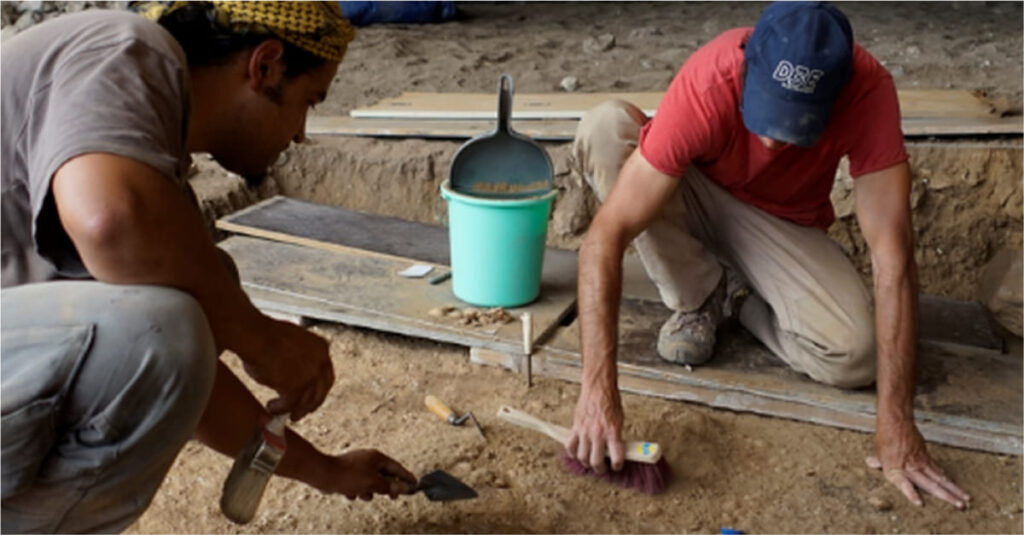
SADAH – Acting in cooperation with the Directorate General of Heritage and Tourism in Dhofar Governorate, the French mission named ‘Archaeology of the Arabian Seashores’ has been exploring the evolution of human life in the Omani coastline, where more than 400 sites were discovered, including the “Natif Cave”, considered one of the exceptional sites dating back to the Late Paleolithic era (10,350 – 10,700) BC.
The “Natif Cave” was discovered by the French team in 2013 as part of the “Arabian Seashores Study Project”. The French mission excavated the site during different seasons between 2013 and 2016. It revisited the site in 2024 to complete its documentation.
During the archaeological excavations and studies, the French mission unearthed evidence of human settlements that existed 10,000 years at the “Natif Cave” site, which housed sediments from the oldest fishing community in the Arabian Peninsula. This was further affirmed by discovery of fish and turtle remains inside adjoining caves. Natif Cave finds included a piece of a rope, deemed the oldest rope ever discovered in the world, flint tools, beads, and frankincense pebbles.
(ONA)

0 Comments